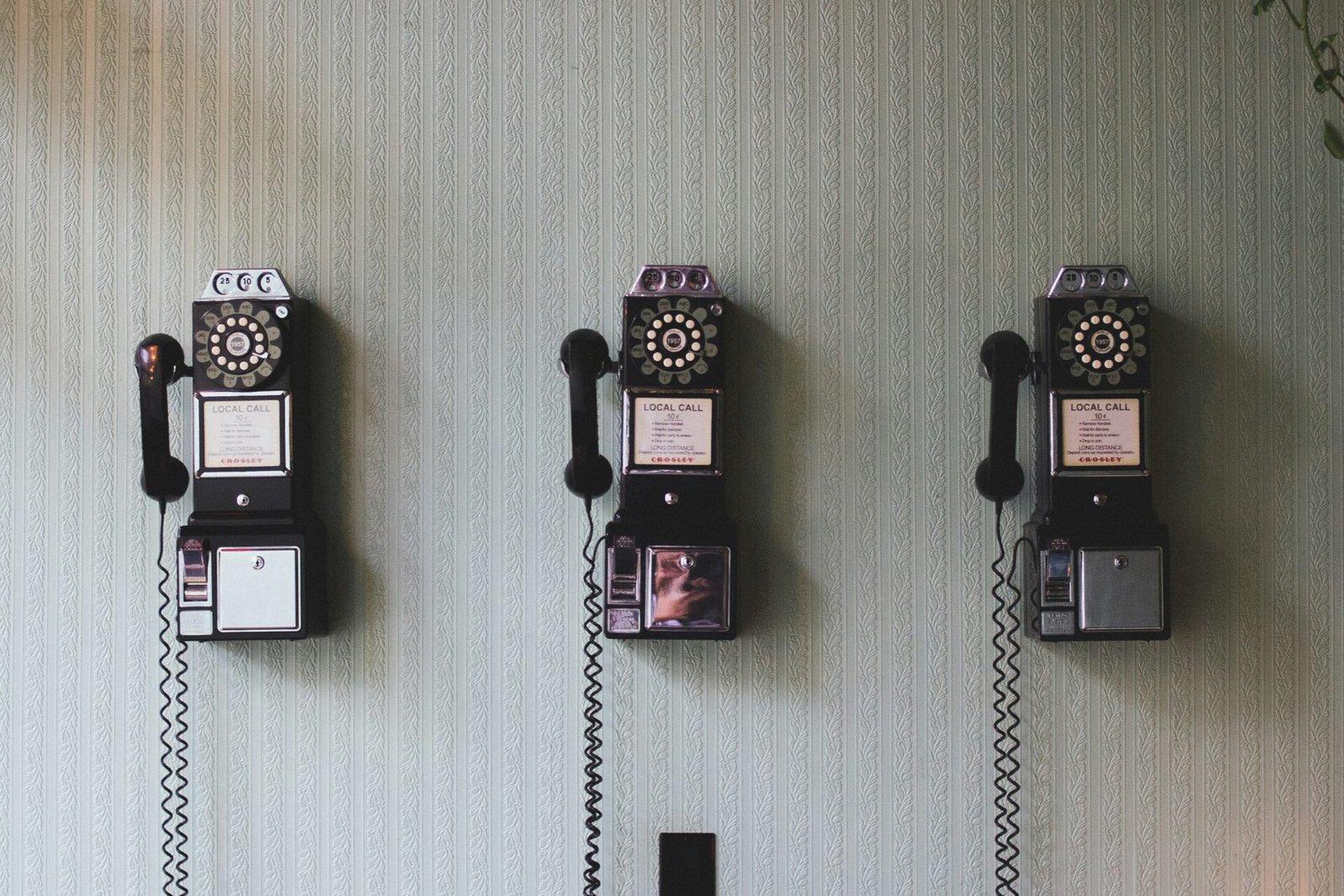What should the postpartum period of a healthy person look like?
Firstly, ideally, the body should be physically prepared for pregnancy and childbirth—there are specific exercise routines designed for such purposes. However, this does not eliminate the need for special care during postpartum recovery.
The postpartum period is considered to last 6–8 weeks, which is the time a woman’s body needs to recover. It is also referred to as the fourth trimester of pregnancy, as the mother and baby are still inseparable. During this time, the mother requires special care and support—she is recovering, balancing her hormones, establishing breastfeeding, and bonding with the baby.
Postpartum Recovery Ideas
- Rest as much as possible (at least for 2 weeks; even if no one can help with cleaning, that’s not a priority right now. Food, however, is important—if there’s no one to help, plan ahead. After a C-section, movement is still important, so try to stay mobile.)
- Avoid heavy lifting (if there’s no one to carry the baby, consider using a baby swing or bouncer, for example)
- Eat well (balanced meals including vegetables, fruits, seafood, greens, eggs, poultry, Brazil nuts, bone broths, etc.; light meals that don’t overburden your body or upset your digestion)
- Drink often but in small amounts—about half a glass at a time (drinking half a liter in one go is not helpful for abdominal healing)
- Bind your belly (with a wrap, not a medical binder; learn how to do this in advance. After vaginal birth—from day 5; after C-section—from 6 weeks or according to your feelings. Some women don’t need it, others feel a strong urge to bind. If it causes discomfort, talk to a doctor—make sure they understand the difference between a binder and a traditional wrap)
- After vaginal birth—use witch hazel pads chilled in the freezer, maintain hygiene with simple water, and let your perineum “air out.” After a C-section—after showering, gently pat the scar dry with a towel and use a hairdryer on a cool setting
- If needed, take painkillers or stool softeners; keep lanolin on hand in case of nipple irritation
- Start exercising when you feel ready, but always choose gentle, postpartum-specific routines. In any case, wait at least one month and until lochia has fully stopped.
- Do not resume sexual activity until you feel both physically and emotionally ready. If something doesn’t feel right, remember—you can always stop.
- About one month after birth, a check-up with a gynecologist is essential. It’s also a great idea to visit an osteopath, and a psychotherapist if needed.
- There’s also a postpartum wrapping or closing ceremony—a traditional practice that supports physical and emotional healing, even long after childbirth.
More about postpartum belly binding
After childbirth, intra-abdominal pressure decreases, organs shift, muscles weaken, diastasis may occur, hemorrhoids, urinary incontinence — in short, the body needs physical support. Belly binding is excellent for this purpose. Why belly binding and not a bandage? Because a bandage compresses organs and weakens muscles, whereas belly binding supports and lifts them. Binding helps the uterus contract, relieves pressure on organs, lifts a sagging belly, improves muscle and ligament condition, prevents diastasis, and reduces digestive and elimination problems.
For binding, a sling is convenient, but any simple fabric 2.5–3 meters long and 50 cm wide will work — it can even be a swaddle cloth or an old bedsheet.
Methods of binding (supporting wrap)
There are different ways to bind; here is the simplest: lie on your back, place the fabric on your waist so that it covers the lower part of your abdomen, lift your pelvis, cross the fabric behind your back, bring it forward to the abdomen, and tie a knot at the lower abdomen (in a comfortable spot). Make sure the knot does not press too hard—you can move it to a more convenient place (a double flat knot works best). This creates two layers of fabric—one wide and one narrow. Tighten them firmly but not too much; it should be comfortable. The goal is not tight corset-like squeezing, which can even cause bleeding, but delicate support. The first layer forms a pocket where the belly is gently “laid,” and the second supports it so it doesn’t sag. There are a few other ways to bind as well.
Bengkung
An absolutely enchanting method of binding is bengkung — a traditional Malaysian cloth and technique.
Taiwanese method
Here is the traditional Taiwanese method of binding using muslin fabric.
Kinesiotaping
Kinesiotaping is a compact alternative to binding, but it’s better to find a skilled specialist to assist with it. Here, a woman demonstrates how to apply it on herself.
Exercises
A proper set of exercises for further recovery, strengthening, and regaining the shape of your belly and whole body can be gladly supported by Gangsta Yoga. Here you will fully stand on your feet both physically and mentally, and learn a lot about your own body.
Read also
Woman’s hormonal health and nutrition
Postpartum recovery: nutrition



